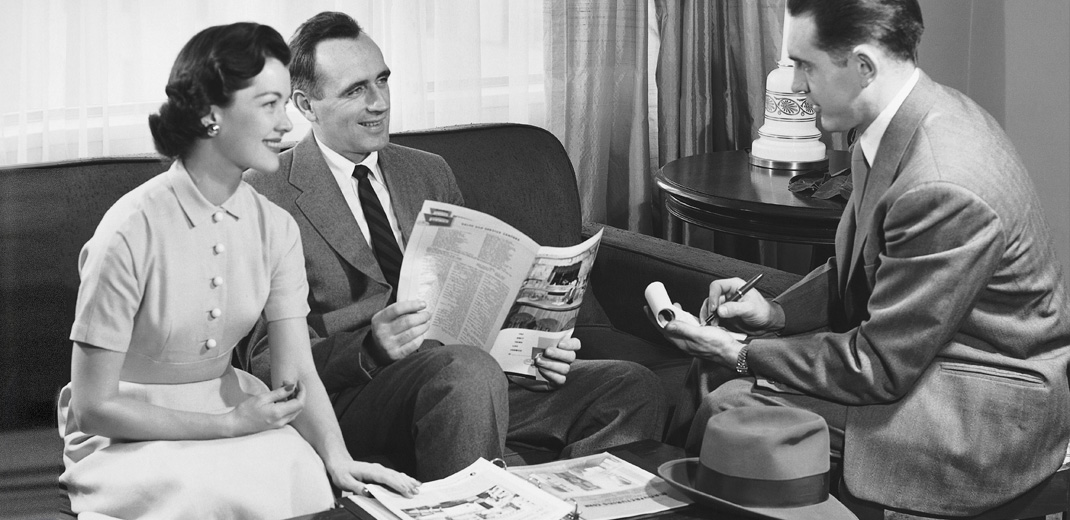As a Bears fan, watching the Super Bowl was a fairly emotionless experience – at least until the ads air. While my uncle taught me to root for ‘injuries’ when the Bears aren’t playing, this year, I felt it would be more honorable to root for great ads. At $4.5 million a pop for one 30 second slot, advertisers have a very small window to light a firework and “make ‘em go, Aah, aah, aah”, to quote the halftime entertainment. This year, advertisers didn’t disappoint and neither did their strategies as more brands delivered integrated marketing campaigns rather than just an ad.
If you look at the pregame, game day and postgame strategies this year, it’s clear that the Super Bowl is just the climax in wider, integrated marketing campaigns. Exposure and brand awareness are guaranteed when you reach over 150 million viewers, so many brands are going a step further, aiming to spark anticipation, conversation and follow up actions. If it’s any indication, 50 percent of brands included a hashtag in their commercial and 44.6 percent gave a URL, According to Marketing Land. Both were levers to immerse people in social media conversations and content marketing.
How are brands approaching the integrated marketing model?
Pregame
This year, many brands either released teasers or their full Super Bowl ads before the big game. Budweiser, Dove, Victoria’s Secret and GoDaddy were among this crowd. It is a simple and effective way to get people talking.
People who see a Super Bowl ad before the game are going to behave like people who see a movie premiere at Sundance Film Festival. Feeling like members of an exclusive group, they want to ‘break the news’ and be the first to make a public judgment on the experience. Once the ad runs during the Super Bowl, everyone has seen it – you’re reduced to a member of the pack. Being the early adopter to share it on social networks generates a payback in social currency.
Some brands did a good job of weaving the ad teaser into other content. Budweiser, for instance, posted pictures and videos of horse and puppy on social media, and as a “Lost Dog Reward”, they ran a sweepstakes to win Super Bowl tickets. They made social media followers feel invested in the narrative long before the game.
Game Time
In terms of content, Super Bowl ads don’t change drastically year to year. Advertisers are pulling the same emotional strings with humor, inspiration, a dramatic story or several hooks at once. However, a few brands stood above the pack for using their 30 second slot to promote a social cause.
Case in point: P&G’s Always scored the most social buzz of any brand, according to TechCrunch, by using its 30 seconds to transform #LikeAGirl from an insult into a statement of pride. Mind you, #LikeAGirl dates back to at least June 2014 when Always appears to have first used it. They managed to give this relatively under-the-radar campaign serious rocket fuel on Twitter, and the brand is featuring its favorite fan tweets on a microsite.
When a brand’s goal is to spark real conversation – not just shares and re-tweets – blending cause marketing with a content strategy makes a ton of sense. It gives people a moral motivation to participate in the campaign, and it builds true respect for the brand. I would take the most respected commercial over the funniest commercial any day (still, major props to Fiat for giving us all a good laugh).
Postgame
Post Super Bowl is where a lot of brands seemed to fumble the ball. They built up anticipation, they ran great ads and generated social engagement during the game…and then it ended abruptly. A few brands stand out because they created detailed websites or microsites to carry on the conversation.
Nationwide, despite running the most depressing Super Bowl ad in recent history and upsetting many viewers, had an impressive content marketing site waiting to carry on the message about preventable childhood accidents. MakeSafeHappen.com is full of safety tips categorized by age, location and risk category for the concerned parent. They had the right postgame strategy – unfortunately, the conversation centered on the appropriateness of their ad instead of its message.
Reebok, which ran an ad during the Super Bowl pregame TV coverage, had a big postgame ready too. Their commercial, featuring Crossfitters and obstacle racers doing their thing, makes the case that we flip tires and take on freakish challenges to be “be more human.” The accompanying website – Be More Human Experience – has a trove of good content on the relationship between brain health and fitness.
The Next Super Bowl
Super Bowl XIX – which will, fingers crossed, feature the Chicago Bears – will closely resemble what we saw this year. Brands will pre-release ads and pump up the conversation and anticipation on social media. During the game, ads will aim to drive action by integrating multimillion-dollar commercials with well-planned campaigns. Postgame, I think we will see more brands trying to convert Super Bowl ad momentum into a content marketing opportunity with dedicated websites or microsites. Purpose and cause marketing will become even more popular.
In a world of content overload and short attention spans, integrated campaigns help make the message stick. Thinking back across the five Super Bowls prior to 2015, how many ads can you really remember and describe? The brand exposure is fleeting, and Super Bowl ads are wildly expensive. Combining Super Bowl ads with integrated marketing strategies will continue to make that 30-second spot more and more worthwhile for big budget advertisers.








